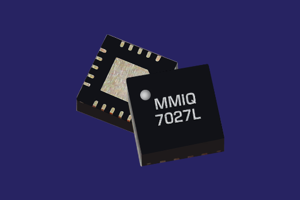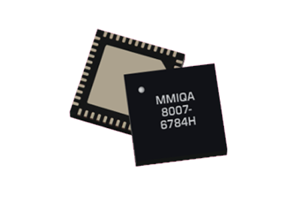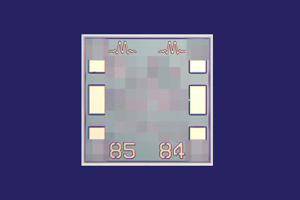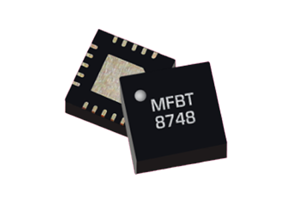MMIC
ABOUT
MMIC
MMIc circuits are traditionally called “mimic” circuits. They are an abbreviation for Monolithic Microwave Integrated Circuit. These circuits are normal integrated circuits just like any chip except they operate on a specific frequency range. They operate in the microwave range of 300 mega hertz to 300 gig hertz. MMIC circuits have a very small form factor. They typically contain numerous other circuits within them and are a form of hybrid. The main board is made from gallium arsenide and is mass produced by the millions. The IC itself is used in many applications from amplifications of low level noise and other microwave circuits.
MMIC have evolved over the years and as such much research has gone in to the making of new age chips. These new chips have been made to withstand huge cut off as well as increase the gain on the antennas that they are connected to. MMIC chips have reduced over the years and are now approximately 1% the size they used to be when they were first designed. These chips will further decrease in form factor from their current millimeter range into the pico meter range within a few years. The substrates materials that are currently supporting the build have also changed over the years and now include SiGE and GaN.
One thing to note is that the materials used in making these chips can be harmful to the environment if the byproducts of manufacturing are not properly disposed off. In this category most governments have imposed laws on the disposal and incineration of chemical byproducts. The incineration processes totally any environmental issues.








